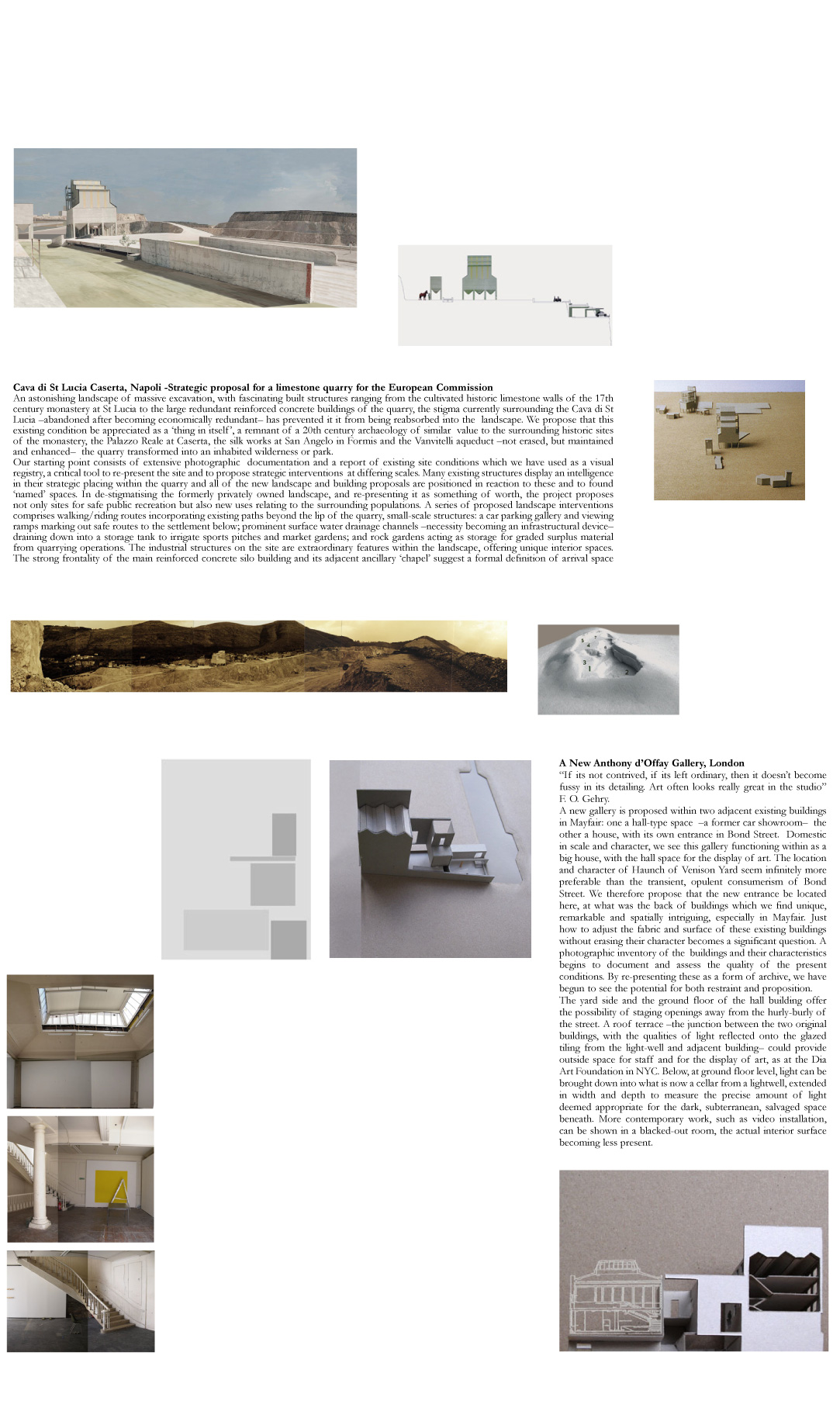
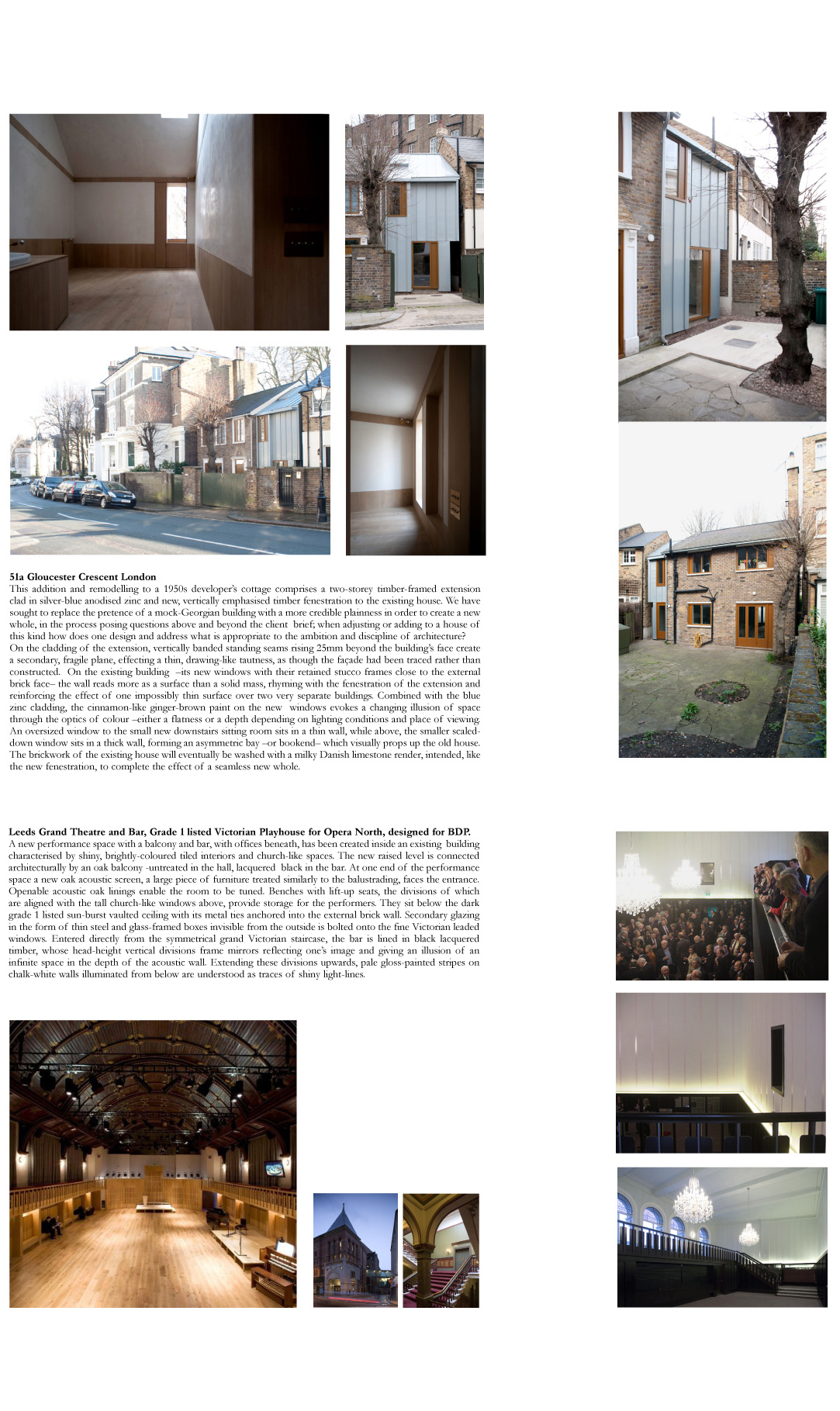
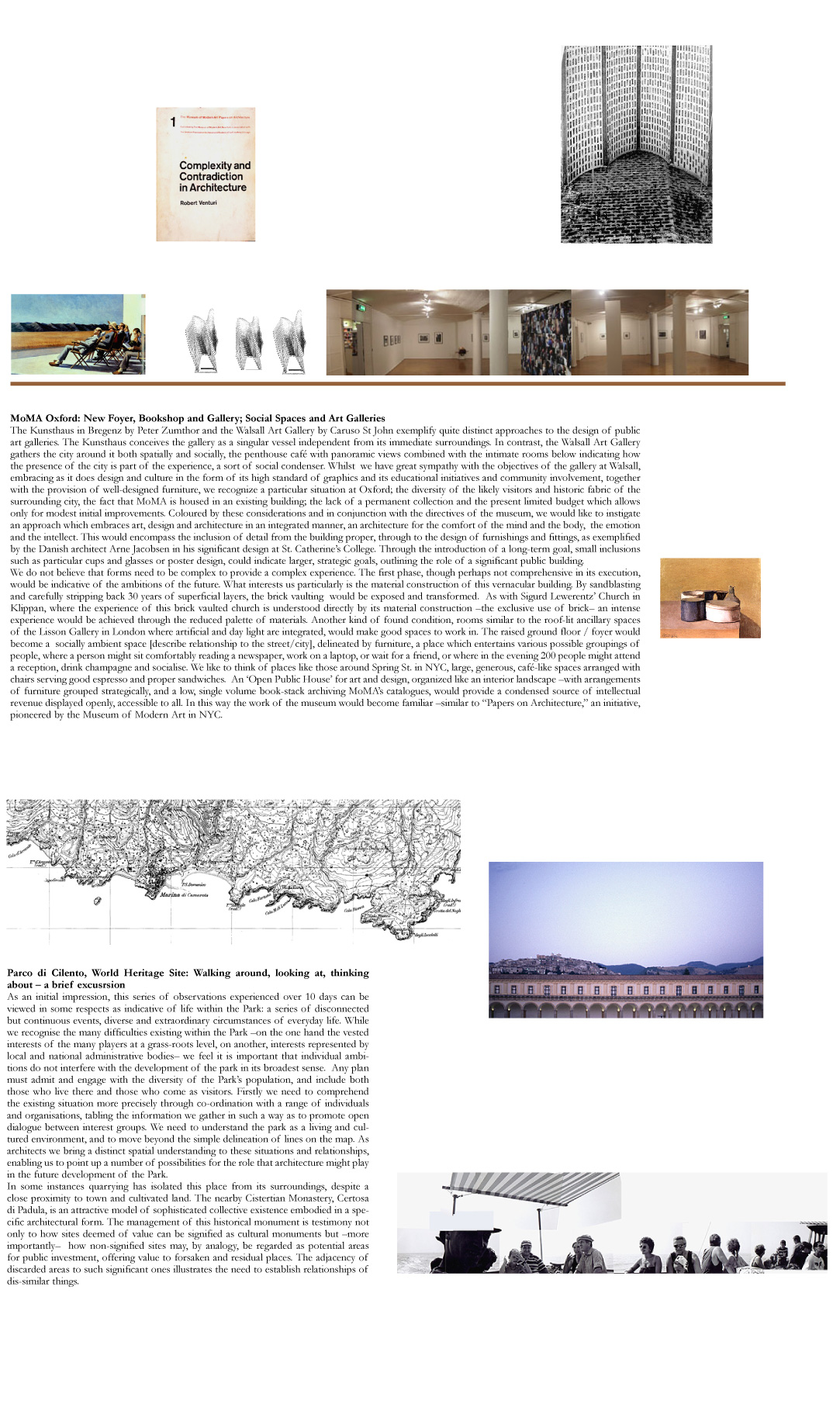
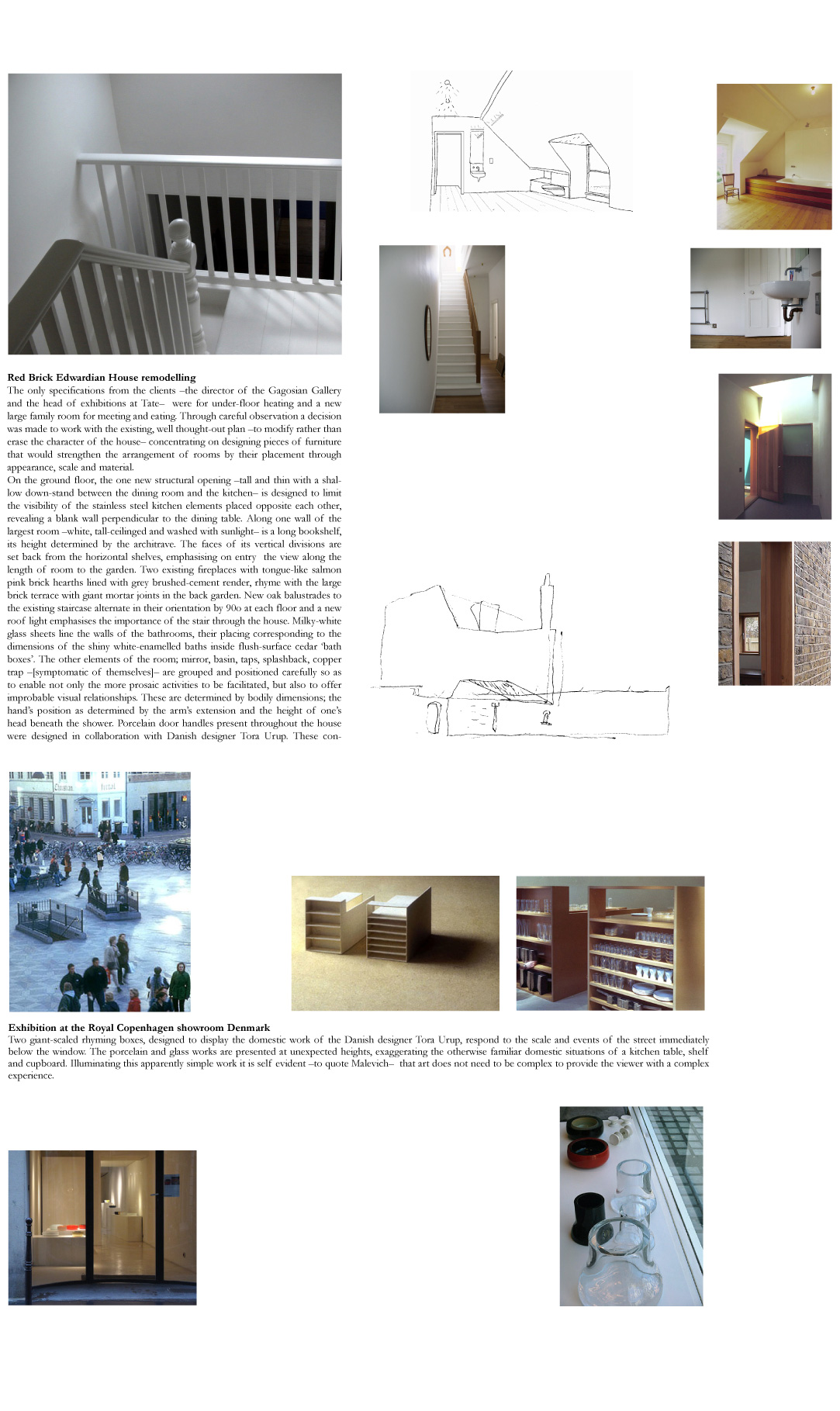
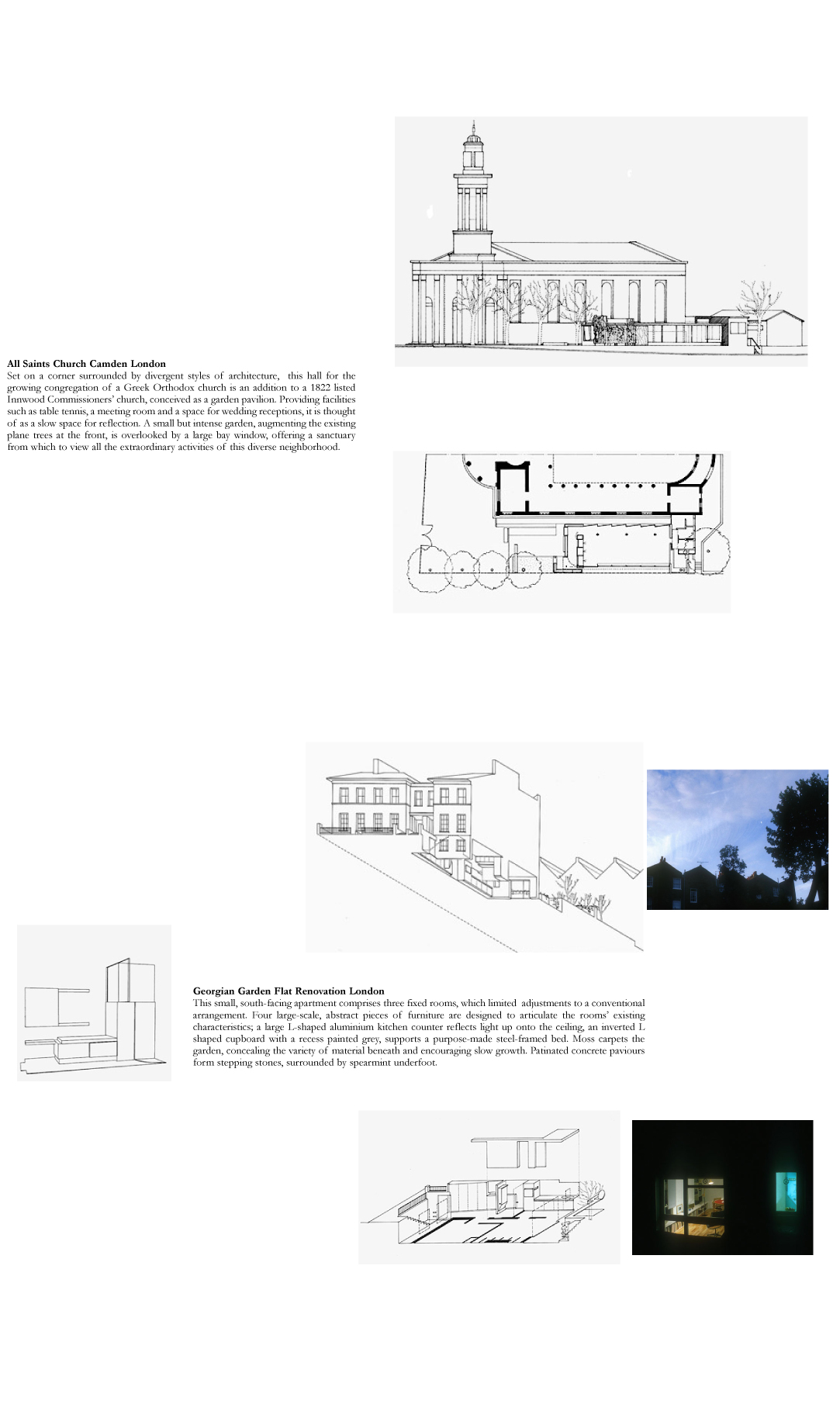
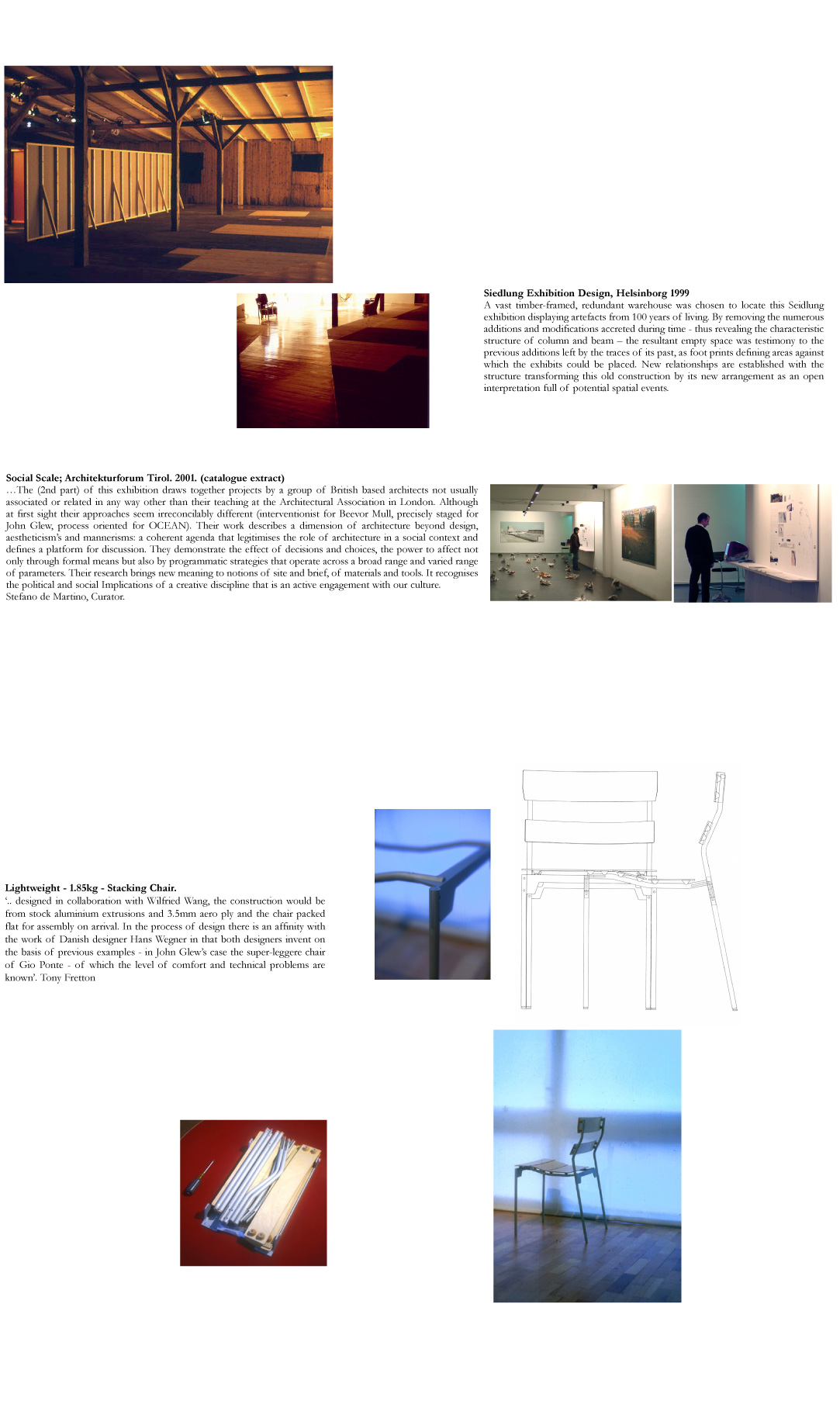
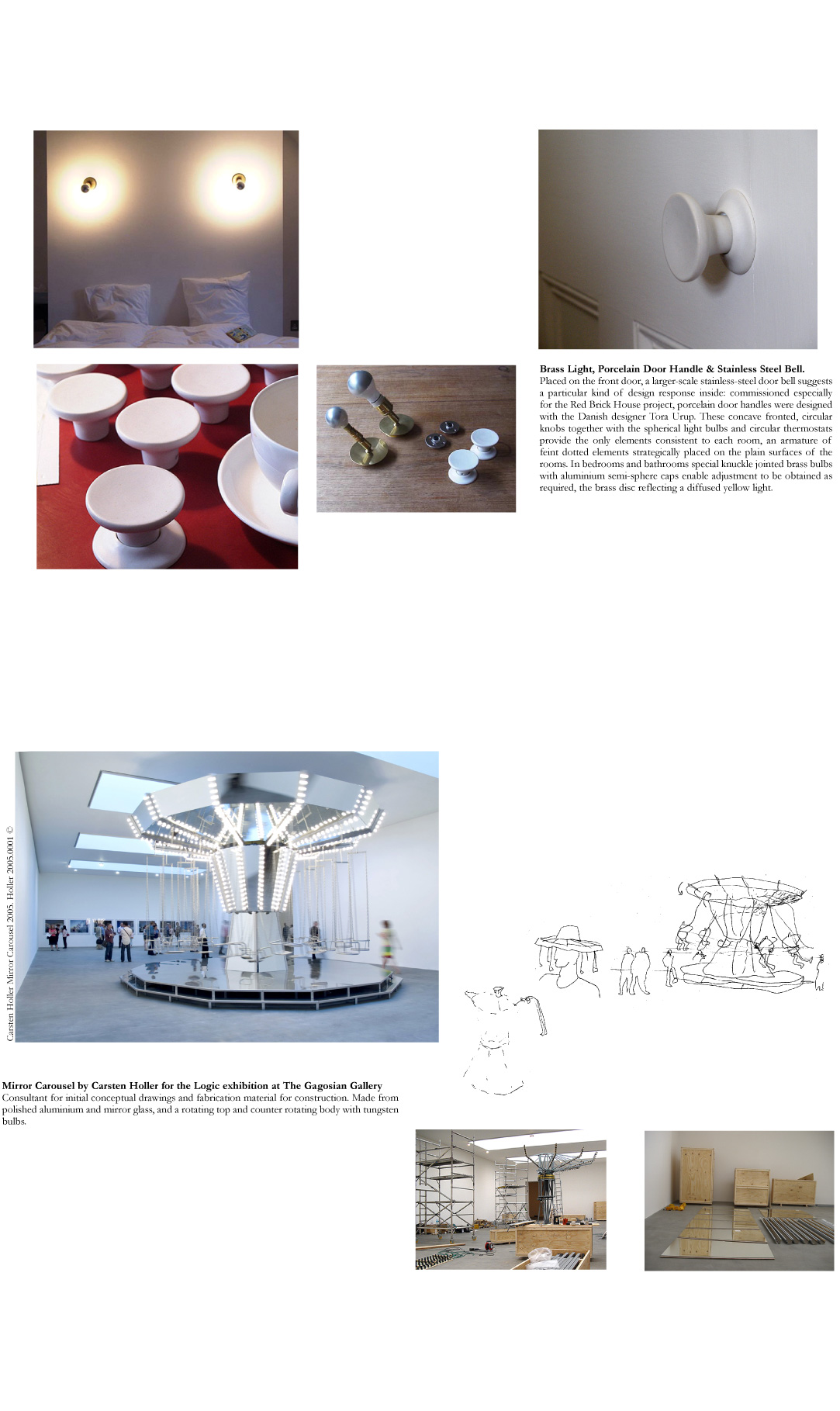
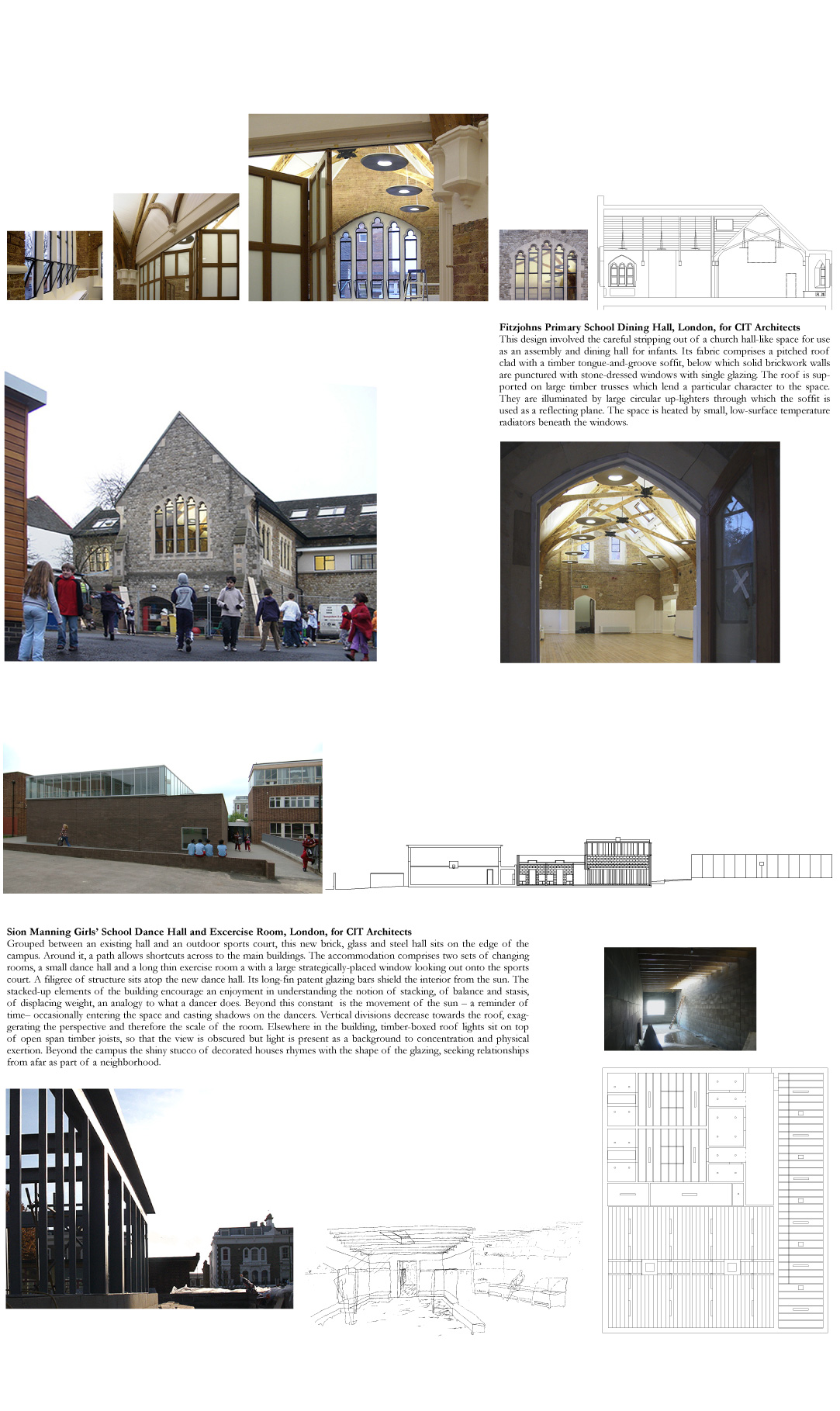
|
| ||
Strategic Proposal at the disused Limestone Quarry, St. Lucia, Caserta, S. Italy. Abandoned industrial landscapes are not typically the setting for new architectural or landscape projects, but the opportunities offered by the diversity of landscape conditions, buildings and artifacts in and around the limestone quarry at S. Lucia are fascinating. The existing built structures range in age and type from the cultivated historic limestone walls of the monastery, to the large redundant reinforced concrete buildings of the quarry. Each of these structures has its own presence and sense of location with respect to the natural landscape and the man-made topographies of the quarry. This project builds specifically on the strong existing characteristics of this situation and does not seek to replace these with any pre-existing model of an ideal landscape. Such ideal models are not deemed appropriate to these conditions. The current form of this landscape has been determined largely by the recent mining operations which have provided limestone to the construction industry of Napoli. This has been seen to be a legitimate economic activity up until the present day when a shift in the attitudes towards the destruction of the natural landscape have caused a re-evaluation of the value of this operation. This landscape of massive excavation, with its vast expanse of exposed rock faces can then be seen as a direct result of the economic forces and opportunistic desires of the late twentieth century. The quarrying operations have exposed the blank, white, limestone foundation of the landscape and allow us to apprehend directly the underlying geology of Caserta. This project treats this newly created landscape as a kind of second nature to that of the ‘verdant campagna’ which existed before in this place and which continues to exist beyond the boundaries of the quarry. New Anthony d'Offay Gallery, Initial thoughts "If its not contrived, if its left ordinary, then it doesn’t become fussy in its detailing. Art often looks really great in the studio" F.O’Gehry. It is within this theme (above) that we seek to make our proposals, not to infer that we would re-create the artist’s studio in the gallery, however, but how to adjust the fabric and surface of the existing building without erasing its character, which we find not only unique and remarkable in Mayfair, but spatially intriguing. The location and character of Haunch of Venison Yard, as an entrance, seems infinitely more preferable than the transient, opulent consumerism of Bond Street. It may well be spatially similar to the context within which some of the art to be exhibited was originally conceived and If so, consideration must be given to the site for exhibiting this work - the gallery - with thought to its context. The Idea What historically was the back of the building would become the front. The means of signifying this point of entry without erasing the particular character of the yard becomes an interesting and significant question in adjusting these two existing buildings. The yard side and the ground floor of the building itself offers the possibility to stage openings, appropriated as demand requires particularly in the summer, as an extension of the ground floor space. A place of contemplation away from the hurly-burly of the street, a space of a certain character against which artists work, or with and against which artists work. MoMA Oxford: Report for a New Foyer, Bookshop and Gallery. Social Spaces & Art Galleries Two new buildings, which exemplify quite distinct approaches to the design of Public Art Galleries are: - The Kunsthaus in Breganz by Peter Zumthor, and - The Walsall Art Gallery by Caruso St john. At Breganz, Peter Zumthor conceived the gallery as a singular vessel independent from its immediate surroundings, the adjacent bookshop and coffee shop. In contrast The Walsall Gallery gathers the city around it both spatially and socially. The penthouse café with views out over the city and intimate rooms below for art indicates how the presence of the city is part of this experience contingent with the view of art below, a sort of social condenser. We have great sympathy with the objectives of the gallery at Walsall, embracing as it does, design and culture in the form of its high standard of graphics for fliers, and it’s educational initiatives and community involvement, together with the provision of well-designed furniture (1). Whilst we acknowledge the relevance of Walsall, we recognize the particular situation at Oxford; - The diversity of the likely visitors and historic fabric of the surrounding city - MoMA is housed in an existing building - There is no permanent collection - The present budget allows only for modest initial improvements These considerations colour the manner in which this project must be approached. In conjunction with the directives of the museum we would like to instigate an approach at Oxford which embraces art, design and architecture, in an integrated manner. We would like to see an Architecture for the comfort of the mind and the body, both the emotion and the intellect. We see this quality encompassing the inclusion of detail from the building proper, through to the design of furnishings and fittings as exemplified by the Danish architect Arne Jacobsen in his significant design at St. Catherine’s college (2) Walking around, looking at, thinking about: - a brief excursion to Parco di Cilento, A World Heritage Site This series of observations experienced over the duration of 10 days, is not intended to be read as a definitive report - more an initial impression. We view this limited exposure as indicative of life within the park - a series of disconnected but continuous events - an existence of diverse and extraordinary circumstances of every day life played out within the arena of the Park. Complex conditions politically and socially. We recognize the many difficulties existing within the Park; on the one hand lie the vested interests of the many players at a grass-roots level, on another those interests represented by the chambers of power of local and national administrative bodies. However we feel it is important that individual ambitions do not interfere with the development of the park in its broadest sense. Any plan must admit and engage with the diversity of the park’s population, and include both those who live there and those who come as visitors. Firstly we need to comprehend the existing situation more precisely through co-ordination with a range of individuals and organisations. The information we gather needs to be tabled in such a way as to promote open dialogue between these various interest groups. Only through this process can we move to a more precise understanding of the situation. We need to understand the park as a living and cultured environment, and to move beyond the simple delineation of the lines on the map. As architects we bring a distinct, spatial understanding to these situations and relationships. Using our particular skills, we intend to point up a number of possibilities for the role that architecture might play in the immediate future development. Red Brick House renovation. Our clients - The director of the Gagosian Gallery and the Head of exhibitions at TATE - asked for a specific response to this particular project. Some of these comprise: oak floor boards and under floor heating; a new tall, structural opening limiting the visibility of the stainless steel kitchen elements placed opposite - facing each other - thus rendering the kitchen out of sight from the dining room; a staircase with new oak balustrades which alternate in their orientation by 90º at each floor; a new roof light allowing light down emphasising the importance of the stair through the house; 2 existing fireplaces on the ground floor with tongue-like salmon pink, brick hearths, lined with grey brushed cement render which rhyme with the same large brick terrace outside but with giant mortar joints; both bathrooms have large "bath boxes" with flush surfaces of cedar with Milky white glass sheets to line the walls, the placing of which corresponds to the dimensions of the shiny white-enamelled bath; the lighting is mixed, mainly bare tungsten bulbs positioned, and these are augmented by neon tubes and natural light for bathing and washing; bare, foil-backed plasterboard lines the utility room ceiling, illuminated by a single fluorescent tube; a tiny study cell with a roof light and a window to the garden, serves as an intense contemplative space, the interior materials comprise - bare white plaster, air force blue linoleum and flush cedar cabinetry. The angle of the zinc roof enables the sun to penetrate uninterruptedly into the kitchen behind in late afternoon.Exhibition at The Royal Copenhagen showroom. Denmark. Two giant scaled, rhyming boxes, designed to display the domestic work of the Danish designer Tora Urup, respond to the scale and events of the street immediately below the window outside. The porcelain and glass works are presented at unexpected heights, exaggerating the otherwise familiar domestic situations of; a kitchen table, shelf and cupboard. Illuminating this apparently simple work - as with Malevich - it is self evident that art does not need to be complex to provide the viewer with a complex experience. All Saints Church Camden, London. Set on a corner surrounded by divergent styles of architecture and a far ranging neighbourhood, this hall for the Greek orthodox church as an addition to the Innwood’s listed comissioners church 1822 listed church is conceived as a garden pavilion for this growng congregation. Providing facilities such as; table tennis, meetings and wedding receptions it is thought of as a slow space for thought and reflection. A small but intense garden space, augmenting the existing Plane trees at the front, is overlooked by a large bay-window, offering sanctuary to view the world from and all the extraordinary activities of this divergent neighbourhood. Georgian, Garden Flat, renovation, London. This small, South-facing Georgian flat comprises three fixed rooms, which limited any potential adjustments to a conventional arrangement. Four large-scale, abstract pieces of furniture are designed to articulate the rooms existing characteristics; A large L shaped aluminium kitchen counter reflects light up onto the ceiling, an inverted L shaped cupboard with a recess painted grey, supports a purpose made steel framed bed. Moss carpets the garden, concealing the variety of material beneath and encouraging slow growth. Patinated concrete paviors form stepping stones, surrounded by spear mint underfoot. Siedlung exhibition-design, Helsinborg 1999 A vast timber-framed, redundant warehouse was chosen to locate this Siedlung exhibition displaying artefacts from 100 years of living. By removing the numerous additions and modifications accreted during time - thus revealing the characteristic structure of column and beam – the resultant empty space was testimony to the previous additions left by the traces of its past, as foot prints defining areas against which the exhibits could be placed. New relationships are established with the structure transforming this old construction by its new arrangement as an open interpretation full of potential spatial events. Social Scale; Architekturforum Tirol. 2001. (catalogue extract) …The (2nd part) of this exhibition draws together projects by a group of British based architects not usually associated or related in any way other than their teaching at the Architectural Association in London. Although at first sight their approaches seem irreconcilably different (interventionist for Beevor Mull, precisely staged for John Glew, process oriented for OCEAN). Their work describes a dimension of architecture beyond design, aestheticism’s and mannerisms: a coherent agenda that legitimises the role of architecture in a social context and defines a platform for discussion. They demonstrate the effect of decisions and choices, the power to affect not only through formal means but also by programmatic strategies that operate across a broad range and varied range of para- meters. Their research brings new meaning to notions of site and brief, of materials and tools. It recog-nises the political and social Implications of a creative discipline that is an active engagement with our culture. - Stefano de Martino, Curator. Brass Light, Porcelain Door Handle & Stainless Steel Bell. On the front door, a larger-scale stainless-steel door bell suggests an instance of particular design implying more moments inside: commissioned especially for the Red Brick House project, porcelain door handles were designed with the Danish designer Tora Urup. These concave fronted, circular knobs together with the spherical light bulbs and circular thermostats provide the only elements consistent to each room, an armature of feint dotted elements strategically placed on the plain surfaces of the rooms. In bedrooms and bathrooms special knuckle jointed brass bulbs with aluminium semi-sphere caps enable adjustment to be obtained as required, the brass disc reflecting a diffused yellow light.